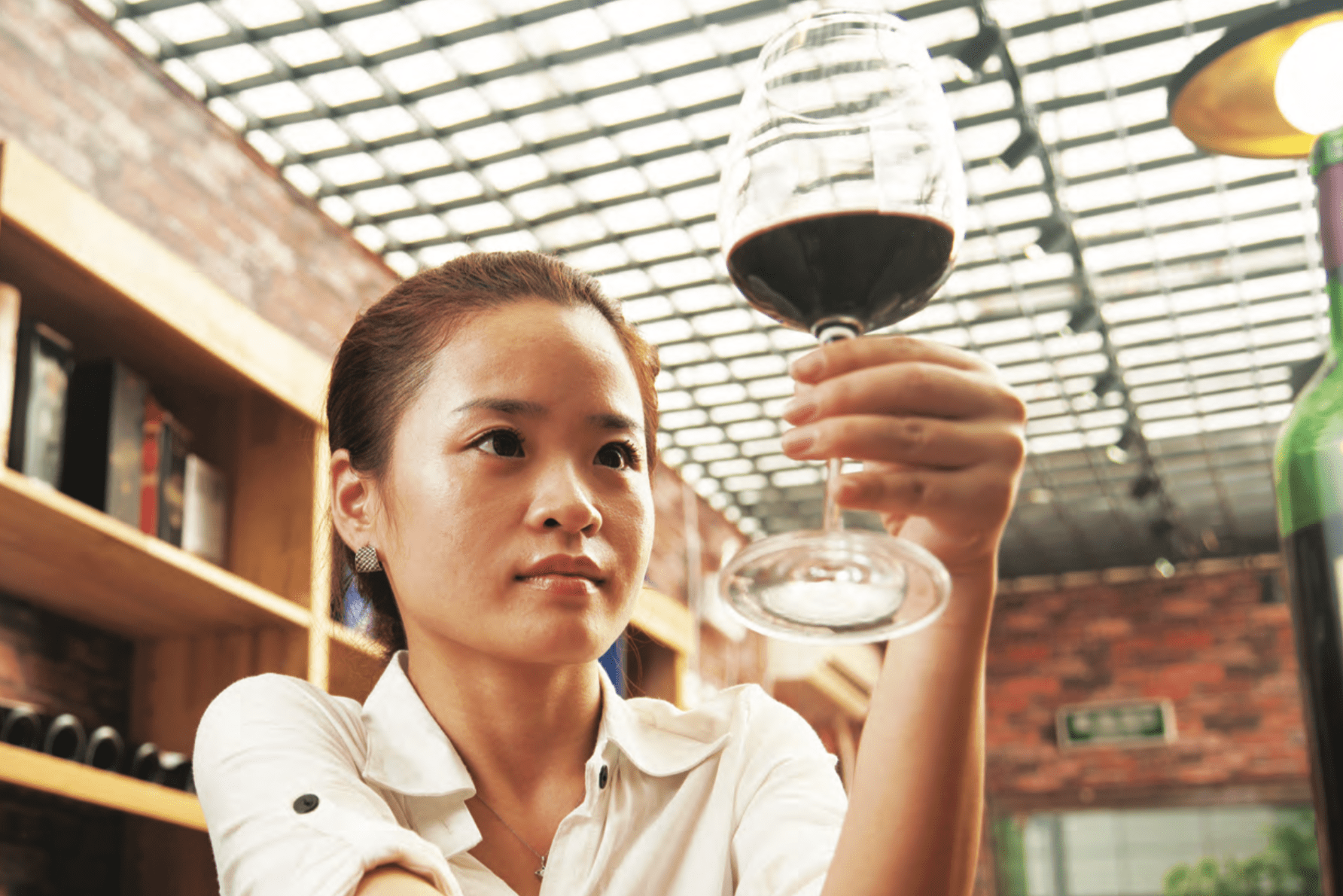
Everyone in the wine industry knows that visitors to cellar door are the most profitable revenue stream for any winery. A recent marketing report from Wine Australia stated that about 44 percent of direct-to-consumer revenues are based on cellar door sales.
For smaller wineries, these direct sales are usually the largest and most profitable source of revenue.
Cellar door sales make up a much smaller percentage of revenue for large wineries, but still can help to offer value-adding experiences and connect with younger consumers, build converts and convey their story and build authenticity.
The cellar door is a good place to sign up wine club members and build an ongoing relationship with the customer.
Our research from 2012-2014, funded by Wine Australia, which traced visitors to 79 different cellar doors in 15 wine regions, showed that about 47 percent of winery visitors bought wine from that winery brand in the next six months after their visit.
Most of the purchases were at retail or on-premise, but a revisit to cellar door to buy more wine also occurred among 23 percent of visitors. Clearly, this is an important channel.
But what happens when the visitors are from overseas, not really knowledgeable about Australian wine and do not have access to the cellar door upon their return?
With the growing number of international wine tourists, especially those from China where Australian wine is close to becoming the largest selling imported wine, what effect does their visit have on their attitude, interest and future purchasing upon returning home?
Our research group of Associate Professors Richard Lee and Armando Corsi along with Dr Justin Cohen and myself carried out a year-long study of Chinese visitors to a major Australian winery.
We surveyed the tourists upon visiting the winery and then followed them up with a survey at six and then 12 months after their visit. We surveyed a similar demographic sample of Chinese consumers in China at the same time as the winery visit and then a second survey in China at the same time as the third survey – one year after the visit.
These surveys in China were our control measures for attitude to Australia and Australian wine and purchasing of Australian wine. We could assume the difference in the two different samples was due to the visit to Australia and a major Australian winery. Participants in the control samples had not visited Australia.
Our first major finding was that high involvement visitors had a lower image of Australian wine at the cellar door than did low involvement visitors. This means that Chinese visitors, who did not know much or think much about wine, were more impressed with their visit and came away with a strong positive attitude to Australian wine (6.4/7). Visitors, who knew and thought more about wine as part of their lifestyle, were not as positively influenced by their visit (5.9/7).
On the other hand, the decay rate for this positive attitude was much more rapid and dramatic for the low involvement visitors compared to the high involvement ones. The low involvement visitors’ attitude towards Australian wine dropped from 6.4 at the visit to 5.0 six months later to 4.6 after one year. The high involvement visitors’ attitude towards Australian wine went from 5.9 at the visit, to 5.4 at six months to 5.0 after one year.
The non-visitors surveyed in China maintained an attitude of about 5.0 out 7 throughout the research. So, we can see that the attitude for low interest visitors increased a lot at the beginning but actually fell below that of a non-visiting Chinese consumer during the year. High involvement consumers’ attitudes dropped from a lower starting point much more gradually and ended up about the same as the non-visitors. Purchase intentions followed the exact same pattern.
Our thinking at the beginning of this project was that introducing tourists to wine while in Australia would have positive ramifications for their purchasing when these tourists returned home. We thought that their attitudes based on their memories from Australia would deteriorate over time, but we did not project the major influence of product involvement.
The winery where we collected this data does provide special tours and tastings for a price for those wanting more knowledge and education, but none of our sample engaged in those products. Perhaps a more in-depth visit would have improved high involvement consumers’ attitudes more than the standard tour. What was most surprising was how quickly the attitudes sank back to pre-visit levels and in the case of the low involvement visitors, substantially below these levels.
The take-home message is that wineries need to follow up visitors, even international ones, if they hope their brands will be in the consideration sets of these potential buyers over time.
The relatively strong performance of after-visit wine sales to domestic visitors from our previous project is most probably due to a combination of more communication and the relative prevalence of Australian wine and wine regions in the media and conversations in Australia.
Tourists returning to China would probably encounter very little or even no mention of Australian wine and wineries while home.
The only way to change this is for individual wineries to get the contact details from their visitors, preferably using the most common communication platform, WeChat, and using this channel regularly but judiciously to remind their visitors of their visit and the wines they tasted.
Communications do not have to be specifically about wines or buying wines. These can be photos of events at the winery or other local points of interest. It should be enough to maintain the positive memories that were made during the visit.
Photos and other reminders that are likely to induce an emotional response will be more likely to increase attitudes and the propensity to buy wines.
If the winery has local sales channels where these tourists could be directed to purchase wines, these can be featured in the communications.
Overseas visitors can be a source of revenue after they return to their home country. But just like building an export business, it takes time and investment to build the links with these visitors to affect long-term buying.
• This article first appeared in the September-October issue of WBM – Australia’s Wine Business Magazine. Subscribe here. It was written by Larry Lockshin, Richard Lee, Justin Cohen and Armando Corsi.













Recent Comments